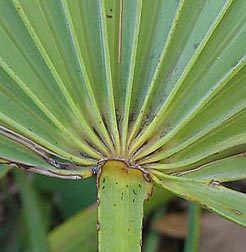Fig. 1 Terrestrial C residence time was approximately halved with experimental nutrient enrichment.
Photo of the landscape prior to experiment.
Fig. 1 Terrestrial C residence time was approximately halved with experimental nutrient enrichment.
Photo of the landscape prior to experiment.
Fig. 2 Terrestrial C loss rates from stream reaches increased with N and P concentrations.
Graph illustrating the loss of terrestrial carbon.
herbarium specimens
A collection of preserved plant specimen used for specific scientific study. 
RA
hastula
The junction between the leaf and the stem blade. 
RA
Fig. 1 The lapping process. (A to F) Snapshots showing the movement of the tongue of F. catus and the dynamics of the liquid column during a lapping cycle. Lapping occurs by fluid adhesion to the dorsal part of the tongue's tip and by lifting a liquid column through the tongue's upward motion, before jaw closure. Time elapsed from the first frame is given in the top left corner of each frame. (G) Photograph of the dorsal side of the tongue of F. catus, acquired under anesthesia (16). Only the smooth tip is used in lapping.
Figure 1 Tabs
Major Question: Though we can picture a cat or dog lapping water, how can the use of high speed imaging show how cats are really getting water into their mouth?
High-speed Photography: The use of high speed photography allowed the researchers take a very quick process and see it stationary, step-by-step.
Results: Photograph A: the tongue is leaving the mouth to approach the liquid. Photograph B: the back of the tip of the tongue hit the top of the liquid, but do not penetrate the surface. Photograph C: as the cat's tongue is pulled back into it's mouth, the water below it is pulled up also forming a thin column which the cat will later trap into it's mouth. Photographs D-E: the column of water being held up by the water attaching to the tongue and it's shape is even maintained after the tongue retreats back into the mouth. Photograph F: the column of liquid falling back down into the water after a portion is taken up by the cat's mouth. Photograph G: the smooth area of the tongue is the only portion used in lapping. The roughness of the rest of the tongue would not allow it to use this technique to drink.
Next question: Though these images give us a mechanical understanding of the process of a cat's water intake, how can we quantify these results?